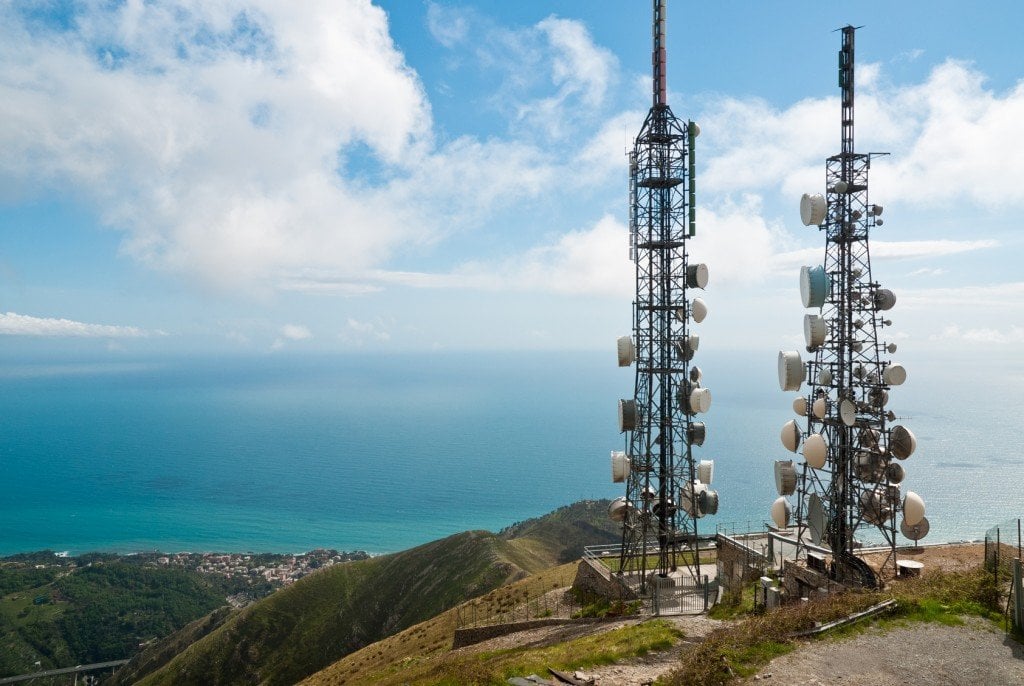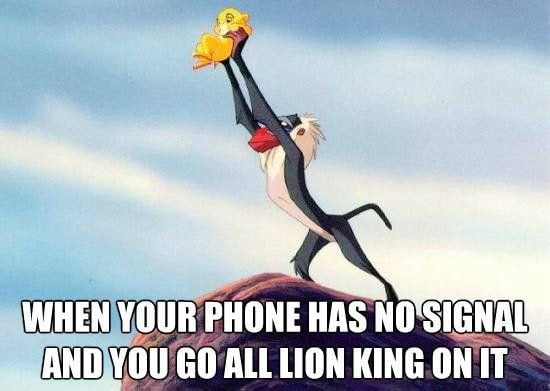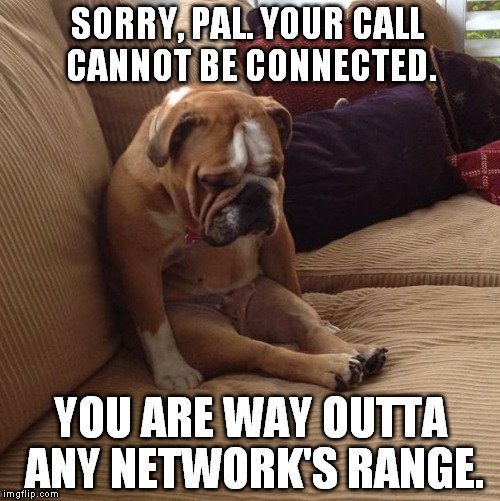‘Cleanliness is next to godliness’ is a phrase you’ve certainly heard before, and it is undoubtedly true.
Whether or not you want to do it, there are certain things that simply need to be taken care of every once in a while. Most of these things that need to be cleaned are usually ‘inside’ your room, but what’s the one thing inside a room that is constantly plagued by dust from the outside?
 This process is further supported by the fact that titanium dioxide is hydrophilic, or in other words, it loves water. This means that water would cover as much of the surface of the glass as possible.
This process is further supported by the fact that titanium dioxide is hydrophilic, or in other words, it loves water. This means that water would cover as much of the surface of the glass as possible.
I suppose the world will soon be ridding itself of all different kinds of stuff that gives humans a hard time. Cleaning is this sort of thing; everyone enjoys it, but we don’t want to overexert ourselves too much in the process, do we?
However, why is godliness necessary to achieve that state of cleanliness? More importantly, why does one have to deal with such boring tasks?
You guessed it, the glass on your windows!
Cleaning windows can be a very tiring chore, especially for people who aren’t used to regularly cleaning them. Things become even more complex when the windows are high on the wall. Fortunately, the woes of such people have come to an end, because self-cleaning windows are here!
Self-Cleaning Glass: What Is It?
Self-cleaning glass is a type of glass that automatically keeps itself free of dust. The glass contains a specialized coating that imparts these important self-cleaning properties. The field of self-cleaning coating on glass is divided into two categories: hydrophobic and hydrophilic. These two types of coating both clean themselves through the action of water by rolling droplets off the surface or deflecting water.
How Does it Work?
This special coating contains titanium dioxide. When sunlight (which contains UV rays) strikes the surface of the glass with this coating, this layer reacts with the dirt particles and breaks them down into smaller particles. Now, when water is sprayed on the surface of the glass, either by a natural processes (rain) or by artificial means (a hose), the smaller and weaker particles are effectively deflected.
 This process is further supported by the fact that titanium dioxide is hydrophilic, or in other words, it loves water. This means that water would cover as much of the surface of the glass as possible.
This process is further supported by the fact that titanium dioxide is hydrophilic, or in other words, it loves water. This means that water would cover as much of the surface of the glass as possible.
Because water is spread on the glass as a sheet, rather than individual droplets, the glass looks streak-free and clean.
Availability
Windows taking care of themselves is a pretty neat idea. Outside of normal outdoor-facing windows, this simple technology can be used on computer monitors and PDA screens, where you definitely don’t want fingerprints.
The Pilkington Activ is the first type of self-cleaning glass, as claimed by Pilkington. It consists of a 20–30 nm layer of nanocrystalline anatase titanium dioxide deposited onto the soda-lime silicate float glass. This treated glass exhibits excellent visible transmission and reflectance properties.











